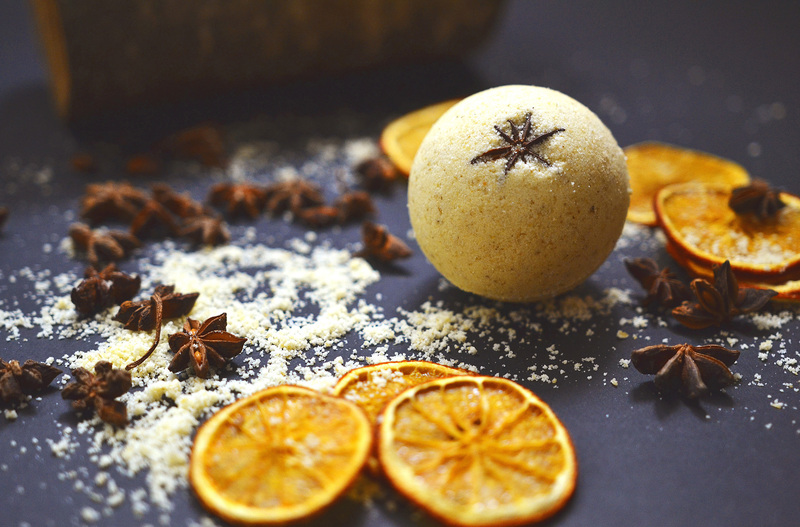Transform Your Stovetop with Expert Tips on Burnt Residue Removal
Posted on 22/09/2025
Transform Your Stovetop with Expert Tips on Burnt Residue Removal
Is your stovetop plagued by stubborn, burnt-on residue? Transform your kitchen's centerpiece and restore its original shine! Stovetops, whether gas, electric, or induction, are kitchen workhorses. However, everyday cooking can leave behind unsightly scorched stains and residue that's tough to tackle. Luckily, you don't need harsh chemicals or costly professional cleaning--just the right techniques and a little elbow grease.
In this extensive guide, we'll cover proven burnt residue removal strategies and provide you with actionable stovetop cleaning tips. Whether you're a culinary enthusiast or an occasional home cook, these methods will revitalize your stove and help keep your kitchen both hygienic and inviting.
Why Burnt Residue Occurs on Stovetops
Understanding the cause of burnt residue is the first step toward effective removal. Here are common reasons:
- Boilovers: Spilled sauces or boiling liquids can quickly burn onto the surface.
- High Heat Cooking: Intense heat dries and chars food, fusing it to the stovetop.
- Lack of Regular Cleaning: Delayed cleanup allows grime to harden and accumulate.
- Incorrect Cleaning Tools or Products: Using abrasive items can damage finishes, while incorrect cleaners may not break down tough stains.
Recognizing these factors helps you adapt your stovetop maintenance routine and prevent residue build-up in the future.

Types of Stovetops: Does Method Matter?
The success of any burnt residue removal technique depends on your stovetop's surface. Here's how cleaning approaches differ by type:
Glass and Ceramic Stovetops
- Highly susceptible to scratching--avoid abrasives.
- Use non-scratch pads and specific stovetop cleaners.
- Burnt-on stains can be softened with baking soda paste.
Electric Coil Burners
- Burners can often be detached for easier cleaning.
- Drip pans below coils catch most residue--clean separately.
Gas Stovetops
- Consist of removable grates and burners for thorough cleaning.
- Multiple materials (metal, enamel, stainless steel) require varied approaches.
Top Tools and Supplies for Burnt Residue Removal
Having the right supplies makes burnt residue removal simpler, safer, and more effective. Here's what the experts recommend:
- Non-scratch sponges or microfiber cloths
- Baking soda (a classic gentle abrasive)
- White vinegar (cuts grease and loosens tough residue)
- Lemon juice (natural degreaser and deodorizer)
- Dish soap
- Razor scraper (for glass or ceramic surfaces only and only when handled with care)
- Dedicated stovetop cleaners (ensure compatibility with your surface)
- Soft-bristled brush or old toothbrush
- Paper towels or soft rags
- Rubber gloves (for skin protection during scrubbing)
Step-By-Step Guide to Burnt Residue Removal
Restore the radiance of your stove using these expert-approved methods for removing burnt stains and achieving a clean stove:
1. Preparation and Safety First
- Unplug electric stoves and ensure all burners are off and cool.
- Remove grates, burner lids, and drip pans for separate cleaning (if applicable).
2. Initial Surface Wipe-Down
- Wipe the surface gently using a damp microfiber cloth to remove loose debris and grease.
- This prevents further scratching during deeper cleaning.
3. Targeted Treatments for Burnt Residue
- Baking Soda Paste: Mix 3 parts baking soda with 1 part water, spread onto burnt areas. Let sit for 15-20 minutes.
- White Vinegar Spray: Spray vinegar over baking soda paste for a foaming reaction that lifts burnt residue. Allow to fizz, then wipe clean.
- For Stubborn Spots: Lay a damp, hot towel over stuck-on residue and leave for 15 minutes to loosen. Scrub with a soft brush or sponge.
- Lemon Juice Boost: Squeeze fresh lemon juice onto stains, let sit for 10 minutes, then scrub gently. Lemon's acidity aids degreasing.
4. Advanced Techniques for Persistent Burnt-On Stains
- Glass/Ceramic Top Razor Scraper: Only use on glazed or glass surfaces, hold the blade at a 45-degree angle and gently slide under residue. Do not use on coil or gas burner components!
- Commercial Cleaners: Choose cleaners formulated for your stovetop (check the manufacturer's guidelines). Apply as directed for best results.
- Repeat as Needed: Particularly stubborn stains may require two or three attempts, alternating between natural and commercial methods.
5. Cleaning Removable Parts
- Grates and Burner Covers: Soak in hot, soapy water with a splash of vinegar. Scrub after 20-30 minutes using a brush.
- Drip Pans: Apply baking soda and vinegar, soak, then scrub clean. Avoid dishwashing if non-dishwasher safe.
6. Final Surface Polish
- Use a clean damp cloth to remove all cleaning residues and restore shine.
- For glass or ceramic tops, buff with a microfiber cloth for a streak-free finish.
Expert Maintenance Tips: Preventing Future Burnt-on Residue
Consistent upkeep is key to a perpetually sparkling stovetop. Prevent burnt stains before they form with these expert hacks:
- Train yourself to wipe spills as soon as possible, even during cooking breaks.
- Line drip pans with foil (if safe for your stove model) to catch spills for easy cleanup.
- Do a quick daily wipe-down with a soapy microfiber cloth, and a thorough cleaning weekly.
- Always use appropriately sized cookware to avoid overflow and scorching.
- Apply a small amount of ceramic cooktop polish (for glass tops) after cleaning to help repel future spills.
- Periodically deep-clean grates, burners, and other removable parts.
Common Mistakes to Avoid During Burnt Residue Removal
- Using steel wool or abrasive pads on glass/ceramic--these can scratch and ruin surfaces.
- Applying oven cleaner to surfaces not designed to withstand harsh chemicals.
- Scraping aggressively with knives or metal utensils.
- Neglecting to dry the stovetop after cleaning, which can lead to streaks and corrosion.
Natural Alternatives vs. Commercial Cleaners: Which Is Better?
When removing burnt residue from your stovetop, you may wonder if you should opt for natural solutions or store-bought cleaners. Here's an honest comparison:
- Natural Solutions: Baking soda, vinegar, and lemon juice are safe, affordable, and effective for most surfaces. They lack the harsh fumes and residues of chemicals.
- Commercial Products: Formulated for rapid action, especially on tough stains. Always check compatibility with your stove type and use sparingly.
The choice depends on your cleaning philosophy, tolerance for scent and convenience, and the severity of the burnt residue problem.
Expert Troubleshooting: FAQs About Burnt Residue Removal
- How do I remove old, hard residue that won't budge?
Soak the area with hot, soapy water for 30 minutes, then use a baking soda paste and repeat as needed. - Are steam cleaners effective?
Steam cleaners can help loosen stubborn, baked-on messes, especially around burner edges, but follow manufacturer guidance. - Can I use bleach for burnt stains?
Bleach is not recommended for most stovetops, as it can discolor or damage the finish. - What should I do about burnt food under the burners?
Disassemble and soak all removable parts, then clean away debris with a soft brush.

When to Seek Professional Stovetop Cleaning Help
If persistent stains or buildup remain after repeated attempts, or if you're worried about scratches or damage, don't hesitate to call in a stovetop cleaning expert. Professional services often have industrial-grade tools and specialized products that are both safe and unbeatably effective.
Conclusion: Enjoy a Transformed, Sparkling Stovetop
No more embarrassment over burnt residue when guests visit! Armed with these expert stovetop cleaning tips and strategies for burnt residue removal, you can maintain a kitchen that gleams with pride and functionality. Remember that prevention, gentle persistence, and the right products are your best allies.
Turn your stovetop into a shining example of cleanliness--and make burnt residue a problem of the past! For more effective kitchen cleaning tips and home care guides, stay tuned to our latest articles.
- Start today--give your stovetop the expert transformation it deserves!





